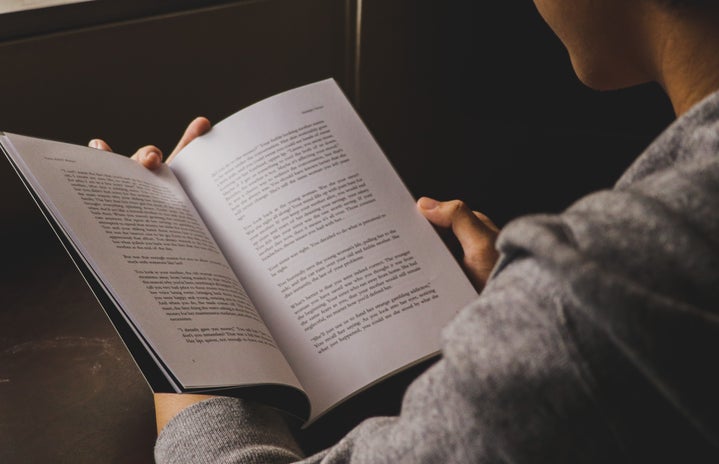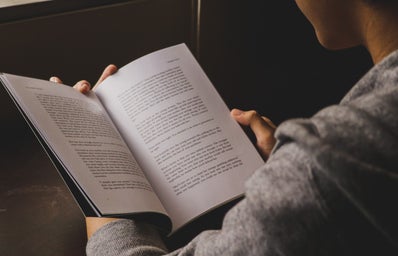Sally Rooney – author of Conversations with Friends, Normal People, and most recently, Beautiful World, Where Are You (BWWAY) – has quickly become one of the most famed novelists of her generation. She is acclaimed for narrating the raw experiences of 20-somethings navigating dating, mental health, political engagement, education, and other raw topics. Her name is a sort of buzzword in bookish communities like BookTok, Bookstagram, and reading circles; she leads the pack of the recent influx of novels depicting millennial women existing within, and fighting the void that is our lives. These realistic contemporary romance novels usually feature unlikeable heroines; in Rooney novels, they are pretentious, cold, self-absorbed, poor communicators, and they live at the mercy of equally toxic men. There is a conversation to be held about the effect Rooney and other novelists’ unlikeable characters have on readers’ self-image, as these books are often praised for their relatability.
It is most apparent in BWWAY that Rooney puts a part of herself in her novels. Rooney embeds her new celebrity status into BWWAY’s Alice, who spends the novel recovering from a fame-induced mental breakdown after publishing two famous books. Rooney admits to Dazed that battling her own new literary fame “is why I had to write this book … Because my life had become so dominated for a time by the success of my previous two.” However, Rooney also tells The Guardian, “I have no appetite for writing about myself and things that have actually happened to me.” So, which is it?
It is a bold choice for Rooney to put herself in such a tight position, a choice that hits readers with the task of deciphering Rooney’s and their own self-image. Especially with the book’s epistolary email exchange theorized to be Rooney’s opinion outlet, it is obvious that much of Alice’s character is inspired by Rooney’s life. Alice seems to be a clear self-insert character, making her a valuable test for the reader to practice the skill of parsing character from author. The key is that it is not up to the readers to decide which parts were and which parts weren’t pulled from Rooney’s life and person. We have neither the right nor the means to make such conclusions. Therefore, Rooney’s “self insert” characters are teaching moments.
Readers are left to consider whether Alice and other characters’ flaws can be applied to Rooney, since they clearly share many other qualities. What is it about Rooney’s heroines that so many readers relate to, if not their unlikeability? Perhaps relating to a character’s toxicity is too self-deprecating for some readers to admit to, but one cannot deny that the content on sex and relationships, academia, class struggles, and health are deeply raw topics that any reader can see themself in.
TikTok commenters and Goodreads reviewers comment realizations like “Wait, are we not supposed to relate to Marianne?” and “I had to put the book down when I realized how similar I was to Frances.” Rooney does not intend characters to be liked or admired; instead, she illustrates the consequences of regular people’s flaws in hopes of giving readers that moment of reflection. It is the characters’ imperfections that teach readers about how their qualities can play out in real life. For example, Normal People’s Marianne’s pitiful ache for validation is a trait to which many readers can not only relate, but learn from once Marianne ruins her romantic and platonic relationships over such drive. In this way, a flawed protagonist demonstrates the consequences of said flaws to readers who find they hit a bit too close to home.
This counters a common critique of Rooney’s books: they would be mere pages long if the characters went to therapy and learned to communicate. BWWAY’s Eileen is in her late twenties and only makes €20k a year at her full-time position. This woman cannot afford therapy. She also just came out of a break-up and is clearly not in the headspace to stop and think about her word choices. Yes, the novels would be shorter and less tense if the characters were honest with themselves, but it is that situation that serves as a teaching moment for readers. If you relate to any Rooney heroines, this may be a wake-up call to find a therapist, or at least stop having phone sex to roleplay as your childhood best friend’s wife (sorry, Eileen…). And if you find it difficult to empathize with her characters, readers worldwide envy you.
Rooney is praised for being the voice of her generation, representing angsty young women who carry tote bags and drink black coffee. This in itself is harmless (dare I say camp?) but is also extremely white. Malavika Kannan explains it best in her recent Rooney critique when she writes that “Rooney writes exclusively about white, pointedly thin, elite-educated women with miraculously attractive lovers.” She goes on to problematize “her literary empire’s assumption of relatability and universality—one that is only afforded to white narratives.” While we can read and enjoy Rooney’s misguided white novels, privileged readers ought to also acknowledge and critique the structures Rooney supports. And once you flip over the final page, let your next book be by a BIPOC or fat author, two types of people that Rooney most blatantly enshrouds. Enjoy more toxic, guilty pleasure books by Raven Leilani (Luster), Sayaka Murata (Convenience Store Woman and Earthlings), Kiley Reid (Such a Fun Age), Ling Ma (Severance), Candice Carty-Williams (Queenie), and Bernadine Evaristo (Girl, Woman, Other).


